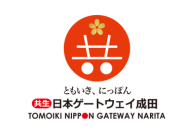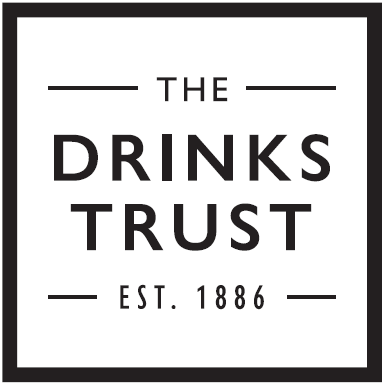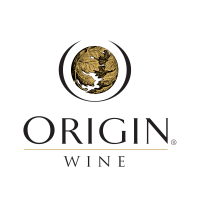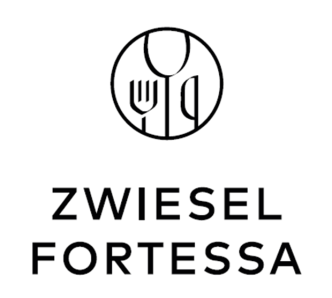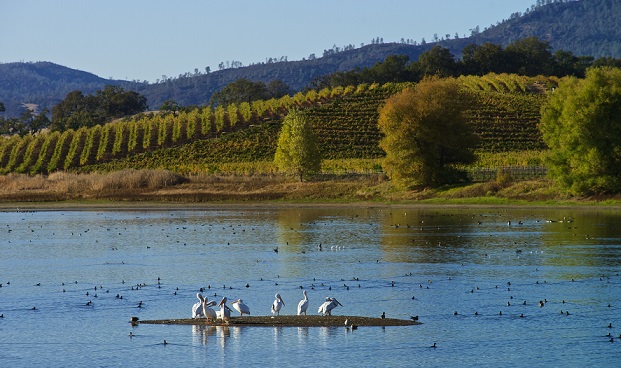
When I joined St Supéry in 2009, a solid foundation of sustainable practices was already in place. The winery’s 35-acre Rutherford Estate vineyard had been Certified Napa Green Land in 2008, and I thought that was wonderful. The Napa Green program is an independent, third-party certification of farms and winemaking facilities, and it’s one of the wine industry’s most comprehensive environmental accreditations. The logical next step, in my mind, was to certify Dollarhide, our 1,535+ acre property that includes more than 500 acres of vines (above and below).
There was a major recession going on at the time, and local organizations that had previously helped support wineries’ certification efforts just couldn’t afford to do it. That meant wineries had to pay most of the costs themselves. But I felt that getting all of our land certified — not just our Rutherford vineyard — was hugely important, so we went ahead with the process.
As it turned out, it wasn’t that difficult. We were already farming at the highest level in the Dollarhide vineyard, so there wasn’t much we needed to change. And because the program requires participants to get re-certified every five years to demonstrate continuous improvement, it gave us a list of goals for the next go-around.
'Once we started going through the process, we realized that we weren’t doing everything we should have been'Napa Green made recommendations for how we could save more water, and that was when we learned there was also a Napa Green Winery program. So I said, ‘Let’s do that, too.”
That one wasn’t as easy. Once we started going through the process, we realized that we weren’t doing everything we should have been. Employees weren’t trained on how to recycle properly; we weren’t using the right types of lightbulbs. We had to do a lot of work to fix things — and we had thought we were doing a great job at the winery. We achieved Napa Green Winery certification in 2012.
Improvements made
Once we began the certification process, we really got into it.Rutherford and Dollarhide have seasonal cover crops between the vine rows, to harbor beneficial insects, compete with weeds, add essential nutrients to the soil and limit erosion. The leaf canopies and grape clusters are managed to host good bugs that prey on the bad guys and help eliminate the use of fungicides.
We installed more than 100 bird boxes in both vineyards to encourage the habitation of Western bluebirds, which eat mosquitos and insects such as the blue-green sharpshooter, a vector of vine-killing Pierce’s disease. Owl boxes host the nocturnal birds that gobble gophers and other critters that can damage the vines.
At the winery, we create our own compost from pomace left over after harvest, which is then trucked to Dollarhide and composted over the winter. Eventually, it is returned to the vineyard soil as an organic-matter booster/soil builder.
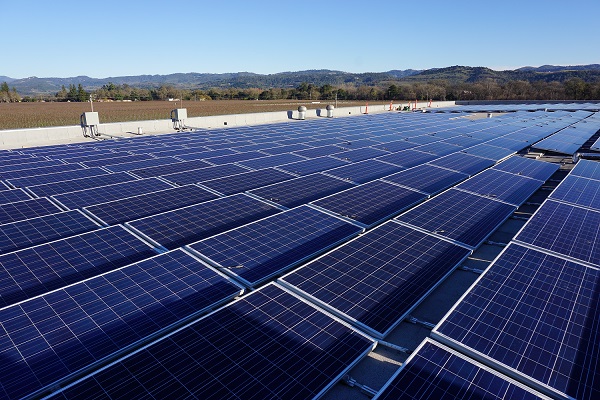
Once we switched all the lightbulbs in the winery to energy-efficient ones and added motion sensors, we decided to make the leap to solar. The winery’s rooftop array (above) now offsets roughly 80% of our energy bill. Since installing that solar system in 2015 we've offset more than 32,000 trees and almost 1,300 tons of CO2.
'High-pressure-flow barrel washers have reduced our water use'We recycle all winemaking, bottling and winery materials and have a strict purchasing policy for all items used at the winery and in the vineyard. This includes sourcing glass made from recycled goods and ordering paper products that exceed 30% post-consumer waste. We’ve also invested in new technology — like high-pressure-flow barrel washers — that have reduced our water use by half.
Employees are given incentives for carpooling to work, and 65% of staff members participate in the program. And because social equity also plays a key role in sustainability, St Supéry is actively involved in community outreach on local, national and international levels. We focus our donations on organizations that support children’s charities, underserved populations, health awareness and educational foundations.
The payoffs
Our efforts were recognized in 2018 when St Supéry was named as a California Green Medal winner. Each year, as part of the Sustainable Winegrowing Leadership Awards, a panel of leading wine and sustainability experts presents medals in four different categories, including Environment, Community, Business and Leader. There’s only one winner for the state in each category, which made receiving the Environment award an incredible honor for us.Even so, there are always more improvements we can make. For example, we’ve applied for a permit to build a solar structure over our crush pad that will help us generate 100% of the power we use. We also have a Napa Green Group that meets each quarter to share information about our green practices.
Having that Napa Green logo on our bottle really means something. I've heard so many people say, "I've already been doing these practices for 40 years, what do I need the piece of paper for?" But I think that it's saying that we're real, and this is authentic. I believe it comes through in everything we do.
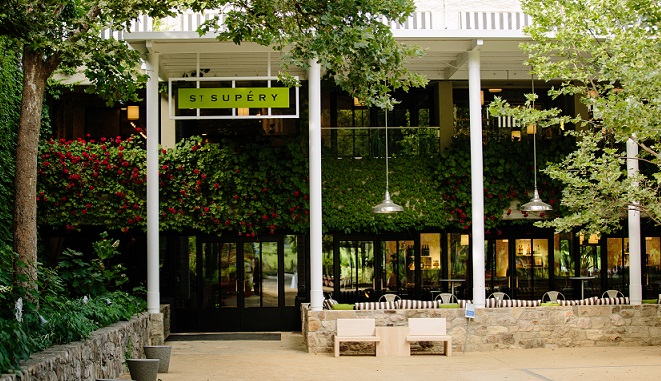 Above: The St Supéry visitor centre and tasting room.
Above: The St Supéry visitor centre and tasting room. Below: CEO Emma Swain and VP Winemaking and Vineyards Michael Scholz.
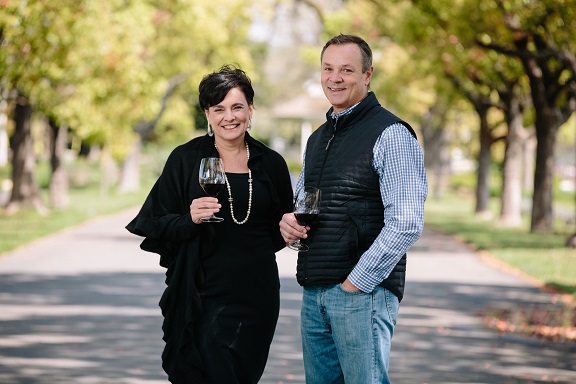


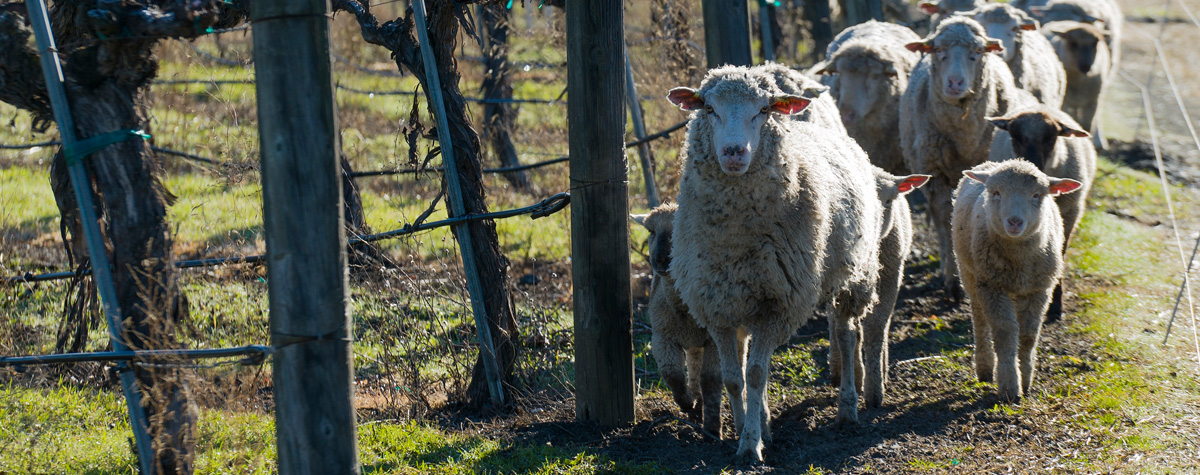
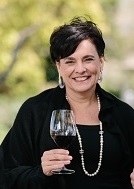



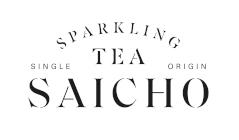
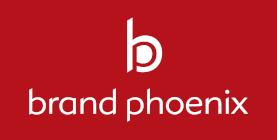
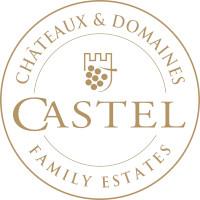
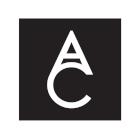
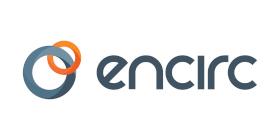
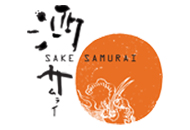
.png)
